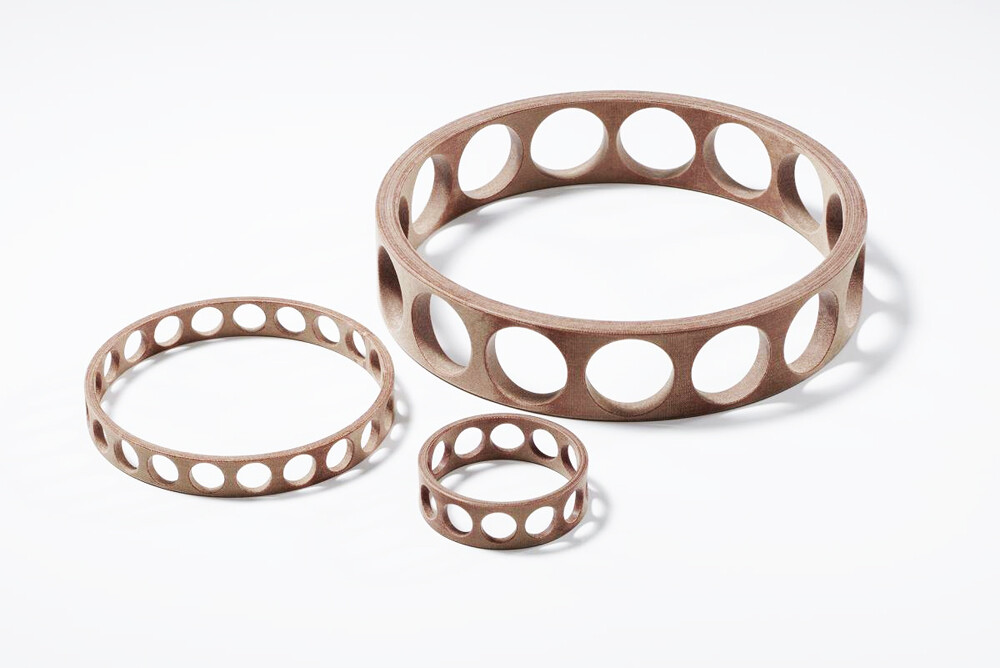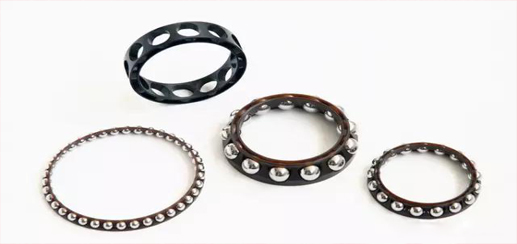News Center
How much do you know about bearing cages?
2017-05-26
How much do you know about bearing cages?
Bearing cages, also known as retainers or separators, play a crucial role in the performance and functionality of bearings. Here’s a comprehensive overview of their purpose, types, and materials.
Purpose of Bearing Cages
Spacing and Alignment: The primary function of a bearing cage is to maintain equal spacing between the rolling elements (balls, rollers, or needles), ensuring they are properly aligned within the bearing. This design prevents direct contact between the rolling elements, reducing friction and wear.
Stability: Cages provide stability to the rolling elements, allowing them to rotate smoothly and consistently, which minimizes noise and vibration during operation.
Lubricant Distribution: Some cages are designed to facilitate the even distribution of lubricants within the bearing, enhancing overall performance and longevity.
Improved Lifespan: By reducing friction and maintaining alignment, bearing cages contribute to extending the overall lifespan of the bearing.

Types of Bearing Cages
Bearing cages can be classified based on their manufacturing process and material:
Pressed Cages: Made from cold-rolled steel, these cages are formed by pressing metal sheets into shape.
Machined Cages: Constructed from high-tensile strength materials like brass or carbon steels through machining processes.
Polyamide Cages: Made from polyamide resins, suitable for specific temperature ranges.
Phenolic Cages: Composed of phenolic resin, offering good mechanical properties.
Ceramic or Composite Cages: Provide lightweight and high-strength options for specialized applications.
Material Selection
The choice of material for bearing cages is influenced by operating conditions:
Polyamide Cages: Suitable for temperatures ranging from -40°C to +120°C.
Brass Cages: Not recommended in environments with ammonia or temperatures exceeding 300°C.
Metal Cages: Often used in high-load applications due to their strength but can add weight to the assembly.

Impact on Performance
The design and material of a bearing cage significantly affect its performance. For example, lightweight molded synthetic resin cages are preferred in high-speed applications due to their low friction characteristics, while robust machined metal cages are used in high-load scenarios to prevent damage during severe operational conditions.
Welcome to contact us if you have any request about DSYC bearings!